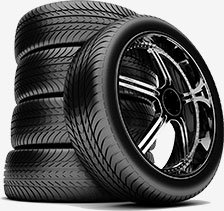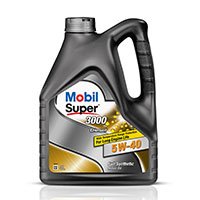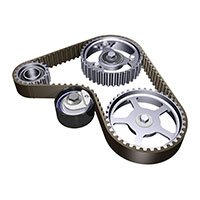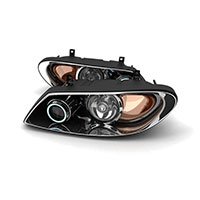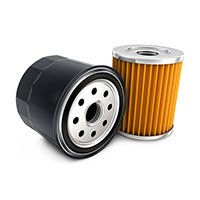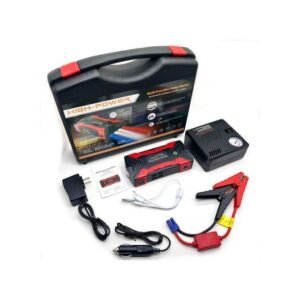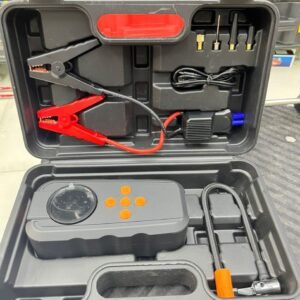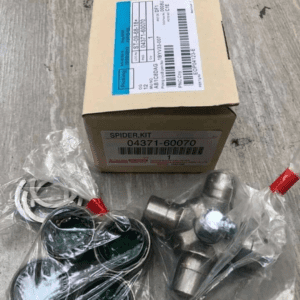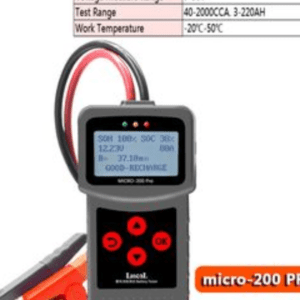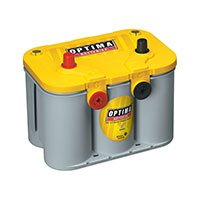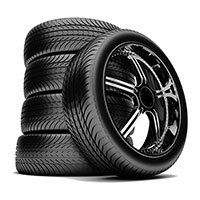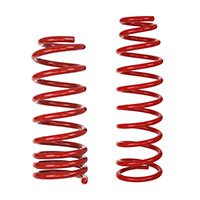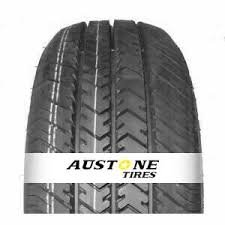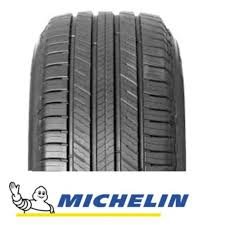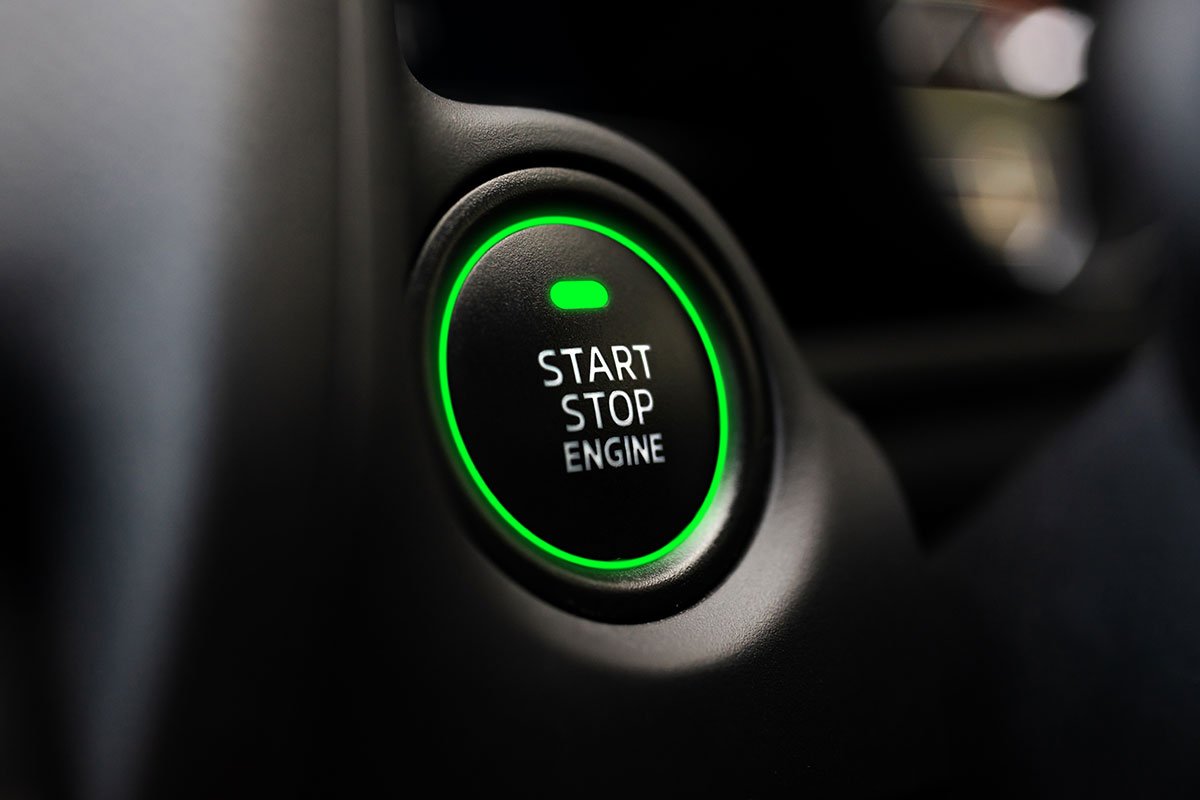How do I read my tire size?
How do I read my tire size?
How do I read my tire size?
Indeed, installing the right tires on your vehicle is very vital to the overall performance and safety of the vehicle. Meaning your tire choice reflects the conditions in which you drive and your preferences for vehicle response and handling. Understanding what tire size is, is vital to be able to make the right choice when buying tires.
There’re reasons to know the size of your tires like a spare tire or when purchasing wheels, rims, or snow tires. But measuring the tire size manually with a tape measure will not give you accurate results.
If you ask how do I read my tire size? Determining the correct tire size for your vehicle is fairly simple right now. Note that all the information needed is in the owner’s manual for your vehicle or somewhere within the vehicle itself.
Even while physical measurements like width and diameter are factors in finding the right tire size, there are other additional details you should consider. So things such as load index and speed rating are also integral to finding the correct tires.
THE PLACE TO FIND TIRE SIZE
Irrespective of what vehicle you drive, finding the manufacturer-recommended tire size should be easy. However, the best place to start looking is at the owner’s manual.
But don’t worry if you can’t locate the manual; though you may also find a tire size guide in the following locations:
- The driver’s side doorjamb
- Inside your glove box door
- Within your gas tank hatch
So assuming they’re in their proper size, you can find tire size data on the sidewall of your current tires. But no matter where you find your tire size, you will have to decipher a sequence of numbers and letters.
HERE IS HOW TO READ TIRE SIZE
We’ll look at what each number or letter stands for in the order they appear in your tire size data. So we will be using this tire size (P225/70R16 91S
) as an example:
FIRST LETTERS “P” AND “LT”
Note that for most vehicles, you’ll see the letter “P” before the number sequence begins with P225/70R16 91S. This “P” simply means “P-metric” which is a designation by the Tire and Rim Association for a passenger car tire type. However, this signifies the tire was designed to primarily be used on passenger vehicles. This can include cars, minivans, SUVs, and other light-duty pickup trucks.
But if you see “LT” instead of “P,” this is because you need “light truck” tires. The “LT” means “LT-metric” which is a designation by the Tire and Rim Association for a “light truck” type tire. All light truck tires are designed to be used on vehicles capable of carrying heavy cargo or pulling trailers.
However, “T” means “temporary” and is for your spare tire. But if you see “ST,” that means “special trailer.”
THE WIDTH
Note that the first number to appear in your tire size information is the width. This should be in millimeters of the correct tires for your vehicle: P225/70R16 91S.
A tire width always refers to the measurement from one sidewall to another. Therefore, a tire with the measurement “P225” is for a passenger vehicle and has a nominal width of about 225 millimeters.
THE ASPECT RATIO
Then after the slash mark, the next number you will see is for the tire’s aspect ratio. This simply tells you how tall your tire’s profile is: P225/70R16 91S. Note that aspect ratios are delivered in percentages, which is calculated by dividing a tire’s height off the rim by its width. Meaning if a tire has an aspect ratio of 70, it means the tire’s height is 70% of its width.
A lower aspect ratio tires, like 60 series, offers vehicle performance advantages over higher aspect ratio tires, like 75 series.
THE CONSTRUCTION
Immediately after the aspect ratio comes a letter that indicates the type of internal construction maintaining the tire’s stability: P225/70R16 91S.
Please note that there are two types of construction that you may see on the sidewall of a tire. They are:
- R – Radial
- D – Diagonal or Bias Ply
The radial tires represent the vast majority of tires on the road in the United States currently. This means “R” will usually be shown in the tire size designation. The radial construction means the tire’s internal ply cords are oriented in a radial direction. This is from one bead over to the other, essentially perpendicular to the axis of rotation.
THE RIM DIAMETER This means a tire with the P225/70R16 91S would fit a rim with a 16-inch diameter.
THE LOAD INDEX
Again, the next figure in the sequence is the tire’s load index. This tells us how much weight, in pounds, the tire can support when fully inflated: P225/70R16 91S
It’s called the load index because the number doesn’t tell us the precise number of pounds the tire can carry. But note the number does correspond to a specific load capacity listed in an index. This begins with 1 and ends with 150. The numbers in the load index represent carrying capacities of 99 to 7385 lbs.
THE SPEED RATING
This is the final figure in tire size sequence which is indicated by a letter: P225/70R16 91S. However, just as your load index number corresponds to a particular load, the speed rating letter corresponds to a particular speed capability based on a standardized laboratory test.
This means a tire with speed rating “S” is rated for up to 112 mph, while a tire rated “R” is up to 106 mph. Note that this isn’t a recommended cruising speed.
However, tires with higher speed ratings, tend to offer increasing handling performance. Also, replacement tires must have the same or higher speed rating to maintain vehicle speed capability. But if a vehicle has tires with different speed ratings, it is the speed rating of the “slowest” tire that dictates the vehicle’s top speed.
Conclusion on how do I read my tire size
Remember, installing the right tires on your vehicle is very vital to the overall performance and safety of the vehicle. This means your tire choice reflects the conditions in which you drive and your preferences for vehicle response and handling. So we have been able to answer your question on how do I read my tire size correctly for you.


